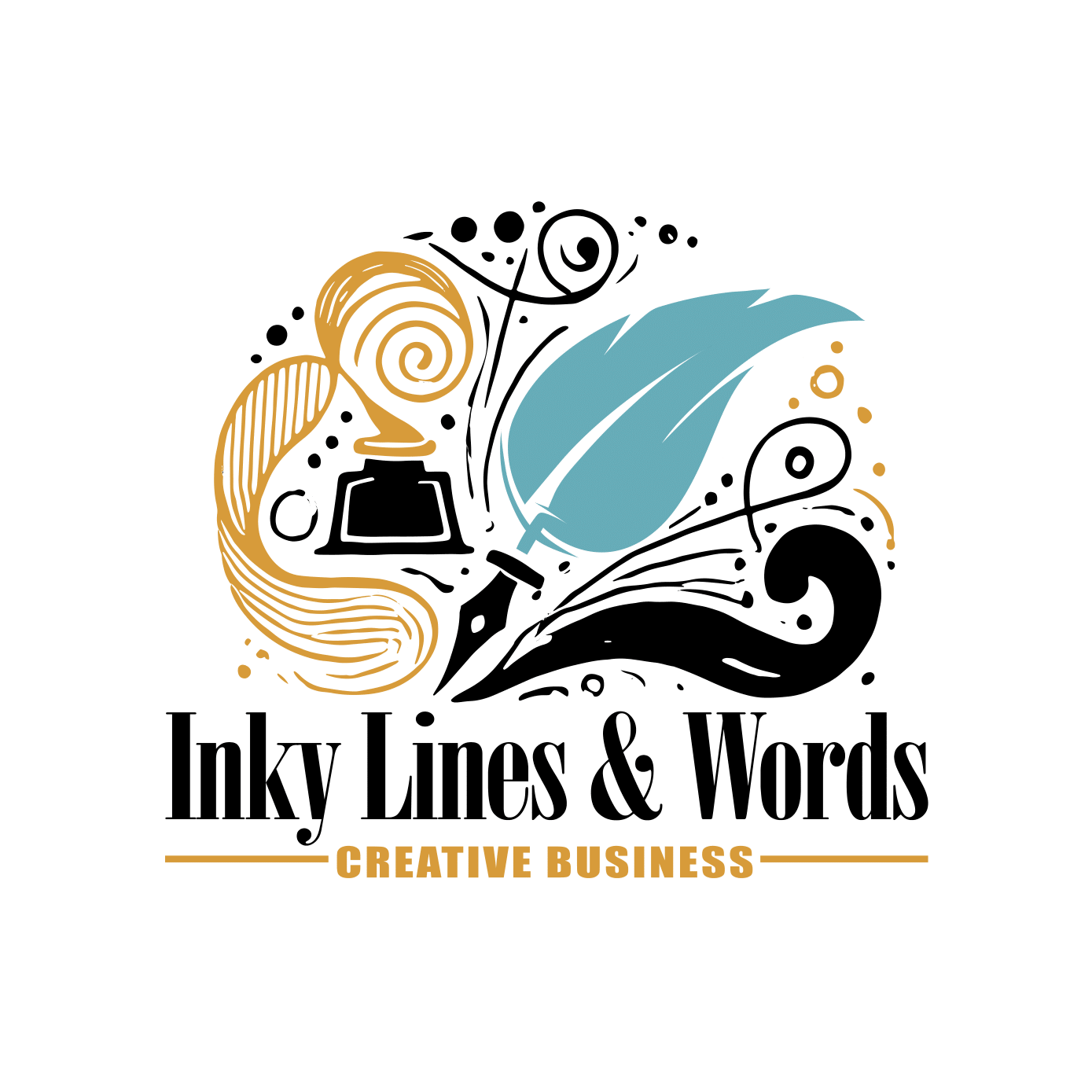I’ll never forget the first time I picked up a set of colored pencils as an adult. I had just received a gorgeous new coloring book, its pages thick and filled with intricate patterns, and I was eager to dive in. The colors and possibilities felt like opening a door to endless creativity. Without a second thought, I grabbed the cheapest pack of pencils I could find, convinced that all colored pencils were the same. A huge, regrettable, why-did-I-do-this mistake. The colors were dull, the lead snapped if I so much as looked at it wrong, and blending? Forget about it. It was like trying to mix sand with glue. That’s when it hit me—not all colored pencils are created equal. Not even close. If you’ve ever struggled with scratchy, waxy, or frustratingly fragile pencils, this guide is for you.
What Makes a Good Colored Pencil?
Ever wondered what separates a great colored pencil from a frustrating one? Before we get into the best brands, let’s talk about what makes a colored pencil worth using. Whether you're a seasoned colorist or just starting out, keep these factors in mind:
- Pigment Quality: Vibrant, rich colors make all the difference.
- Blendability: Some pencils create smooth transitions, while others leave streaks.
- Durability: No one wants to sharpen their pencil five times before finishing a leaf.
- Price vs. Performance: The priciest set isn’t always the best choice.
Top Picks for Different Coloring Styles
Your ideal colored pencil depends on your personal coloring style. Here’s how to find your match:
Best for Blending & Shading: Prismacolor Premier
- Super soft core for effortless blending.
- Bold, highly pigmented colors.
- Downside: The core is delicate, so handle it with care.
Best for Precision & Detail: Faber-Castell Polychromos
- Oil-based leads that resist breakage.
- Great for layering without wax buildup.
- They are on the expensive side, but serious artists swear by them.
Best Budget-Friendly Set: Arteza Colored Pencils
- Affordable without a huge sacrifice in quality.
- Smooth application with decent blendability.
- A solid choice for beginners.
Best for Bold, Bright Colors: Derwent Inktense
- Acts like a colored pencil but transforms into watercolor when wet.
- Intense, permanent pigments.
- Ideal for mixed-media projects.
Avoid These Common Mistakes When Choosing Colored Pencils
Choosing colored pencils isn’t just about grabbing the prettiest set off the shelf—those shiny, eye-catching boxes can be deceiving. Here are some pitfalls to avoid:
- Going Too Cheap – Bargain-bin pencils might work in a pinch but often lack pigment and snap easily.
- Ignoring Your Coloring Style – Love soft shading? Skip hard leads. Do you prefer crisp details? Choose oil-based pencils.
- Not Testing First – Always swatch your colors before diving into a full masterpiece.
- Overlooking Paper Quality – The best pencils need smooth, heavyweight paper for optimal results.
Pro Tips for Making the Most of Your Colored Pencils
- Layer, Don’t Press Too Hard – Let colors build up naturally instead of forcing pigment onto the page.
- Use a Colorless Blender – These magical tools blend colors smoothly without changing the hue.
- Keep Your Pencils Sharp – A fine point allows for better control and detail.
- Experiment! Try hatching, shading, and burnishing to see what works best.
Final Thoughts: Find the Right Fit for You
Choosing the right colored pencils is a personal journey. There's a perfect set, whether you’re after smooth blending, vibrant pigments, or an affordable option. Don’t be afraid to experiment, mix different brands, and test new techniques. Most importantly, enjoy the process. Remember that first thrill of cracking open a new coloring book? Hold onto that feeling every time you put pencil to paper. Because at the end of the day, the real magic comes from you.
Ready to put your skills to the test? Check out our exclusive collection of coloring books at https://payhip.com/inkylinesandwords and bring your creativity to life!



Comments ()